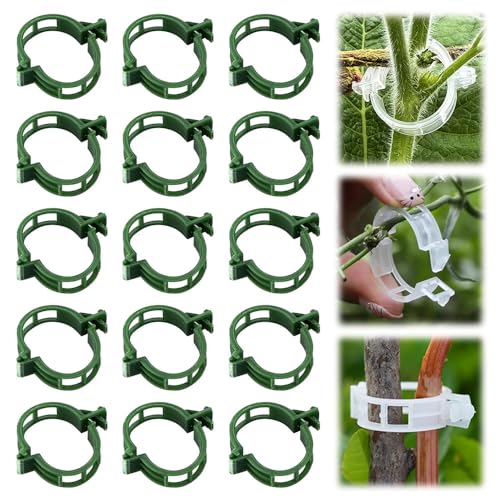Creating a sustainable garden doesn’t just benefit the environment, it can also provide a beautiful and relaxing oasis for you to enjoy. By incorporating eco-friendly practices into your garden design, you can reduce your environmental impact and create a space that promotes biodiversity and supports local wildlife. Here are 10 sustainable garden design principles to help you create a green and eco-friendly oasis:
1. Use Native Plants: Native plants are well adapted to the local climate and soil conditions, making them low maintenance and water-efficient. They also provide food and shelter for local wildlife, helping to create a balanced ecosystem in your garden.
2. Choose Drought-Tolerant Plants: Drought-tolerant plants require less water, making them a sustainable choice for dry climates or water-conscious gardeners. Look for plants that are well suited to your region’s natural rainfall patterns.


What to Plant in Spring Garden 2025
$5
The ultimate guide for spring 2025 gardening
- Comprehensive Guide
- Easy-to-Follow Steps
- Year-Round Tips
- Organic Practices
- Enhance Your Garden’s Aesthetic
- Download Now and Start Your Gardening Journey!
3. Mulch: Mulching your garden helps retain moisture in the soil, reduce weed growth, and protect plant roots from extreme temperatures. Choose organic mulch like wood chips, straw, or compost to improve soil health and fertility.
4. Compost: Creating a compost pile in your garden is a great way to reduce waste and improve soil quality. Compost provides essential nutrients for plants, helps retain moisture, and reduces the need for chemical fertilizers.
5. Water Conservation: Implementing water-saving techniques like drip irrigation, rainwater harvesting, and using a rain barrel can help reduce water usage in your garden. Consider using a timer to schedule irrigation during the early morning or late evening when water evaporation is lowest.
6. Avoid Chemicals: Synthetic pesticides and fertilizers can harm beneficial insects, pollinators, and soil organisms. Instead, opt for natural alternatives like neem oil, insecticidal soap, and compost tea to control pests and improve plant health.
7. Attract Pollinators: Planting a variety of flowers and herbs that attract bees, butterflies, and other pollinators can help support biodiversity in your garden. Pollinators play a crucial role in plant reproduction and food production, so creating a pollinator-friendly garden is essential for a sustainable ecosystem.
8. Create Habitats: Incorporate birdhouses, bee hotels, and bat boxes into your garden to provide shelter and nesting sites for local wildlife. Adding a small pond or water feature can also attract frogs, dragonflies, and other beneficial creatures to your garden.
9. Embrace Permaculture: Permaculture design principles encourage the creation of self-sustaining, regenerative ecosystems that mimic natural patterns and processes. By incorporating permaculture techniques like companion planting, crop rotation, and guild planting, you can create a resilient and productive garden that requires minimal inputs.
10. Educate and Inspire: Share your sustainable garden practices with friends, family, and neighbors to inspire others to adopt eco-friendly gardening techniques. Hosting workshops, community garden tours, or volunteering at local schools can help spread awareness and promote a more sustainable approach to gardening.
By following these sustainable garden design principles, you can create an eco-friendly oasis that not only enhances the beauty of your outdoor space but also promotes biodiversity, conserves resources, and supports a healthy ecosystem. Let your garden be a sanctuary for both you and the environment, and enjoy the many benefits of living in harmony with nature.
#Sustainable #Garden #Design #Principles #Create #EcoFriendly #Oasis
Sustainable garden design principles







